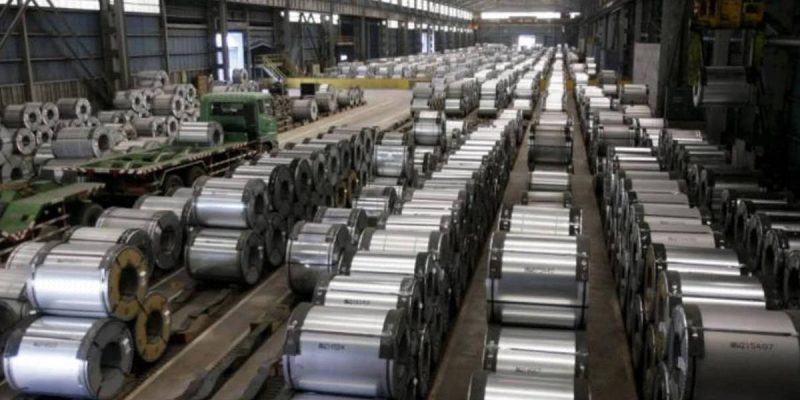In industry, it is common to have leftover materials in production. One example is steel manufacturing leftovers. The question for many companies is how to proceed with this waste.
The co-products formed from steel manufacturing leftovers using catalytic converter refining ensure several environmental benefits, including minimizing the consumption of non-renewable natural resources from the mining of iron ore, sand, and other primary materials and; alteration of liabilities in the form of agents impacting the environment, in environmental assets, reducing disposal in landfills and infrastructure works.
The steel industry stopped treating steel manufacturing leftovers as waste and considered them a source of income. And today, several companies specialize in connecting the generators of these leftovers with potential buyers.
How To Reuse Steel Manufacturing Leftovers
For each ton of steel produced, approximately 594 kilos of waste are generated. If all this leftover steelmaking were to go only to landfills, we would likely have a severe environmental problem. But that is not what happens in recent times. Many industries have replaced the destination in industrial landfills or the internal processes, developing strategies to transform this environmental liability into a source of revenue. With that, they started to profit more.
Steel manufacturing leftovers have become raw materials for road paving, soil correction, cement manufacturing, and ceramic materials. The reuse of this waste brings many benefits. Among them are the preservation of non-renewable natural resources and the reduction of CO2 emissions.
Ecological Appeal
The steel industries seek the organization’s social, environmental, and economic balance through sustainable development. In this way, they consolidate the vision of ecological commitment with sustainable solutions.
Currently, many companies are thinking about the disposal of waste according to ecologically correct purposes. For example, we can mention the use of blast furnaces and steelmaking aggregates to manufacture cement or road paving. And also, the recycling of dust and sludge collected in pollution control systems, replacing the raw material and thus reducing the consumption of non-renewable natural resources.
Therefore, for an industry with steel manufacturing leftovers, it is essential to think about good waste management. Furthermore, with the discovery that these leftovers have economic value, many companies invest in innovative reuse processes. Which also demonstrates that the organization has environmental responsibility.









Comments